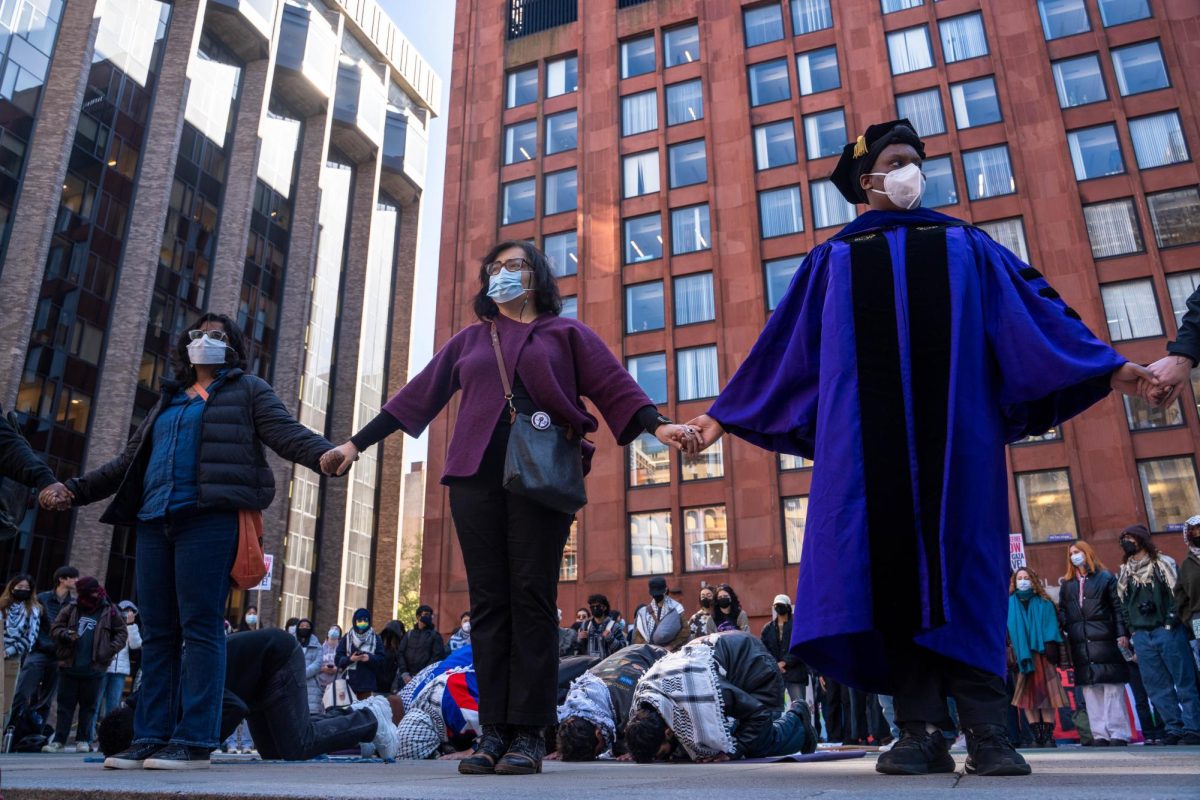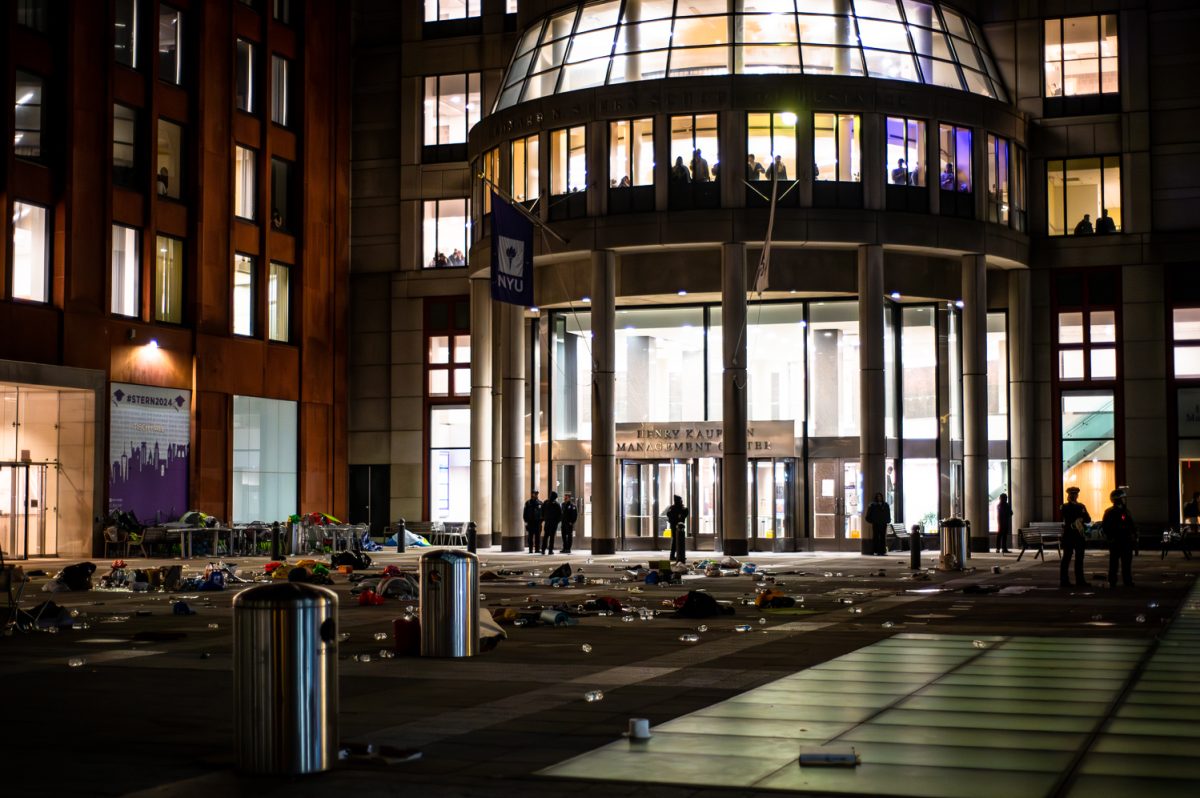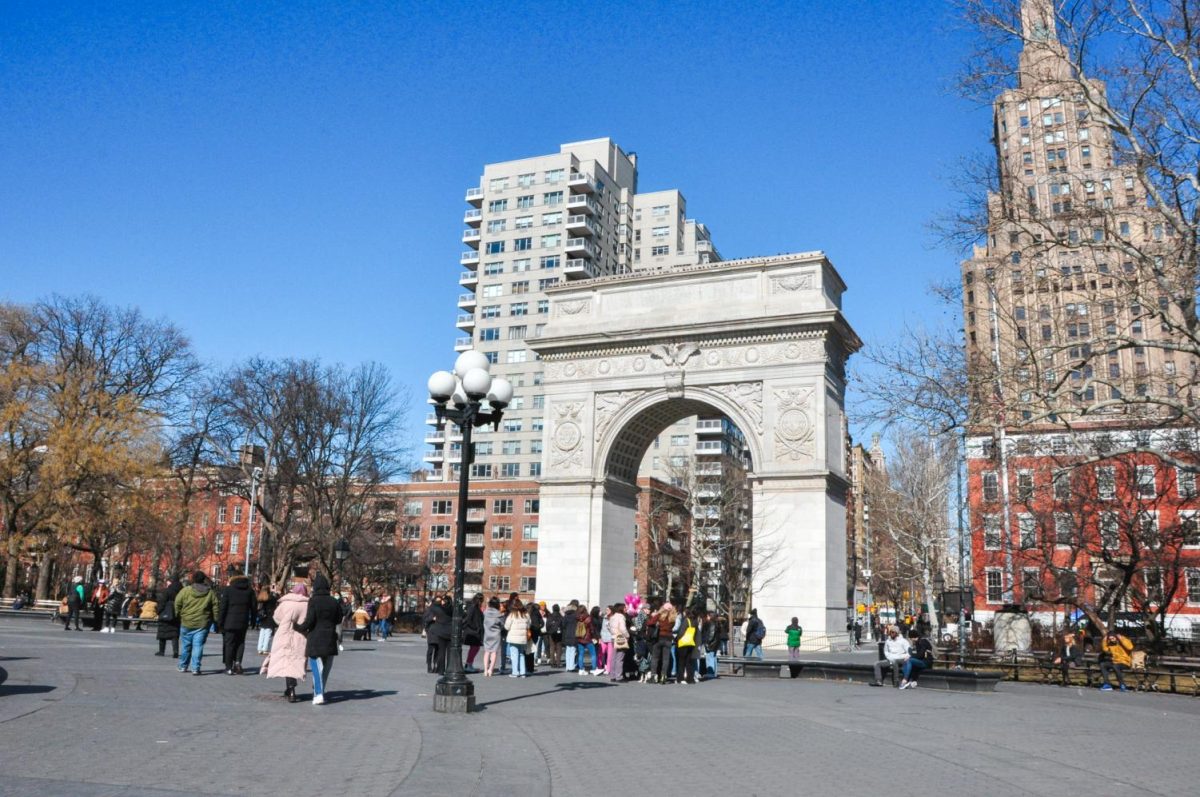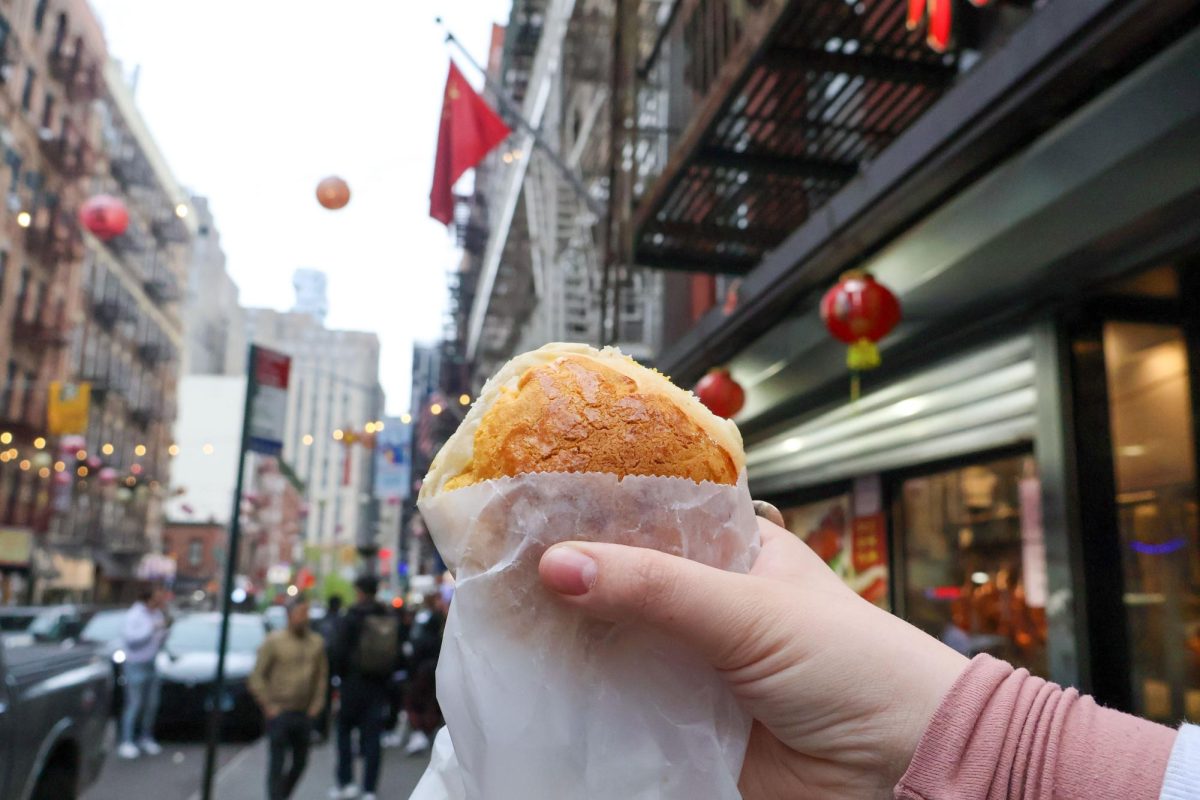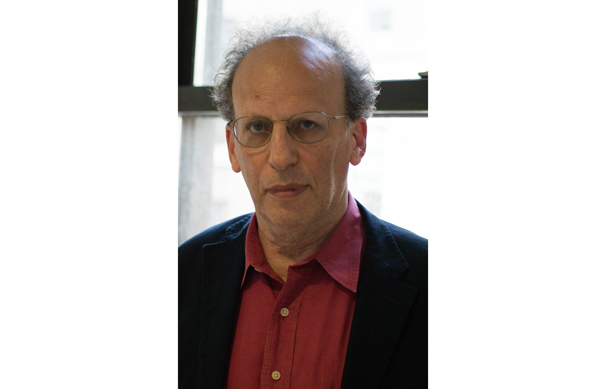
With social media platforms such as Instagram attracting over 150 million users and smartphones providing professional camera quality, one can argue that anybody can be a photojournalist nowadays. But if you ask Fred Ritchin, a professor of photography and imaging at the Tisch School of the Arts and former picture editor at The New York Times, he’ll disagree.
In his book “Bending the Frame: Photojournalism, Documentary, and the Citizen,” which was published in June, Ritchin looks toward the future of photojournalism, and explores how people take pictures that leave marks on society.
“I think the whole point of journalism is trying to be useful to society,” Ritchin said. “So if we simply get elaborate photographs of explosions and bombs, does that advance our understanding of the world? What would advance the understanding of the world?”
Photojournalism, Ritchin believes, is not simply about putting a subject in the center of a picture. It requires streaming images together to tell a story in a way that combines all forms of media, such as sound and text.
“A photojournalist is more like a film director,” he said. “And a film director doesn’t just point a camera and say ‘here’s my film.’”
But in a world where technology is readily available, this point-and-shoot scenario is exactly what is happening. The result is an abundance of pictures circulating through the Internet, social media and more. Ritchin believes this amount is too much for society’s own good.
“If nobody filters and contextualizes the images, then we don’t know what they mean,” Ritchin said. “What concerns me is if we get to a point where the 21st century is the century of images. We don’t just want images.”
In this case, the less-is-more and quality-over-quantity ideologies apply. In Ritchin’s book, he argues that if we can’t focus and concentrate the flow of images we have, then we have nothing to base our discussions on.
“Professor Ritchin is correct in the fact that we are inundated with images, and this consequently gives individual images less value,” Bayeté Ross Smith, a professor of photography at Tisch, said. “However, I don’t think the solution is to scale back the amount of images we deal with. I believe we have to think of more sophisticated and creative ways to present these images, in order for them to resonate more with the public.”
“It’s not necessarily good or bad that there are so many images out there,” CAS freshmen Larry Wu said. “It just means that there is a wider range of photos that could have a potential impact.”
The goal of present and future photojournalists, Ritchin believes, is to be the filters that sift through these countless images based on certain criteria. It is the ability to do so that sets a journalist apart from just another photographer.
“We should be trying to figure out on what basis we choose the 20 [images] that people should look at,” Ritchin said. “And we must do so in a logical, coherent and transparent way.”
A version of this article appeared in the Monday, Sept. 9 print edition. Marina Zheng is deputy features editor. Email her at [email protected]


